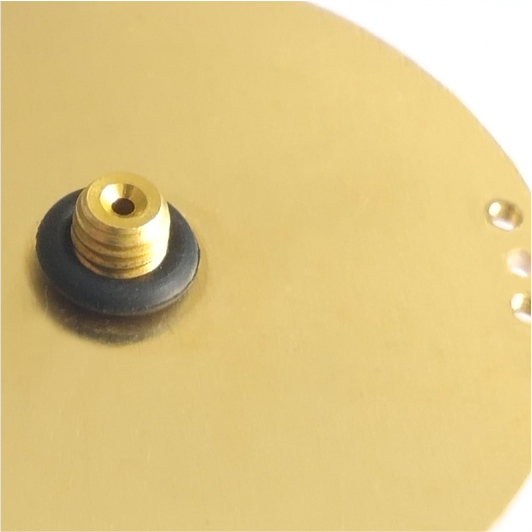
gru . 14, 2024 23:54 Back to list
famous diaphragm material pressure gauge
Understanding the Famous Diaphragm Material in Pressure Gauges
Pressure gauges play a pivotal role in various industries, from manufacturing and pharmaceuticals to oil and gas. One of the most critical components of these gauges is the diaphragm, an essential element that directly influences the accuracy, reliability, and longevity of pressure measurement devices. Among the myriad of diaphragm materials available, certain materials have gained fame for their outstanding performance in specific applications. This article explores these notable diaphragm materials, their properties, and their applications in pressure gauges.
What is a Diaphragm in Pressure Gauges?
At its core, a diaphragm in a pressure gauge is a flexible membrane that separates two chambers—one exposed to the pressure being measured and the other typically vented to the atmosphere. When pressure is applied to the diaphragm, it deflects, causing a movement that translates into a readable measurement on the gauge's dial or digital display. The material chosen for the diaphragm is crucial, as it must endure the pressures it experiences while providing precise and consistent readings.
Common Diaphragm Materials
1. Stainless Steel Stainless steel is one of the most widely used diaphragm materials, particularly in industrial applications. Its remarkable corrosion resistance, strength, and durability make it ideal for harsh environments. Stainless steel diaphragms can endure high pressures and temperatures, making them suitable for applications in oil and gas, chemical processing, and food and beverage industries.
2. Buna-N (Nitrile Rubber) Buna-N is another popular diaphragm material found in pressure gauges, especially in applications involving air and gas measurement. This synthetic rubber offers good resistance to oils and fuels, making it an excellent choice for automotive and manufacturing applications. However, it has limitations in high-temperature scenarios, restricting its use in extreme environments.
3. Teflon (PTFE) Known for its unparalleled chemical resistance, Teflon (polytetrafluoroethylene) diaphragms are often employed in settings where aggressive chemicals are prevalent. Teflon is non-reactive, making it ideal for pharmaceutical and biotechnology applications where contamination must be avoided. Despite its advantages, Teflon's flexibility is less than that of rubber or metal materials, which can affect sensitivity in some applications.
4. Elastomers Various elastomers, including silicone and polyurethane, are also used for diaphragm material in pressure gauges. These materials offer excellent elasticity and can be engineered for specific performance characteristics, such as temperature and chemical resistance. They are often found in laboratory environments or specialized applications where flexibility and accuracy are paramount.
famous diaphragm material pressure gauge

Performance Factors to Consider
When selecting a diaphragm material for a pressure gauge, several performance factors must be considered
- Chemical Compatibility The chosen material must resist corrosion and wear from the substances it will encounter. Chemical compatibility ensures the longevity and accuracy of the gauges.
- Pressure Range The diaphragm material must withstand the extreme pressures without deforming or rupturing, ensuring accurate readings.
- Temperature Tolerance Different materials have varying thresholds for temperature, which is crucial for gauges used in high-heat environments.
- Sensitivity The responsiveness of the diaphragm to pressure changes is vital for measuring small fluctuations in pressure, particularly in sensitive applications.
Conclusion
In conclusion, the choice of diaphragm material in pressure gauges significantly influences their performance and applicability across industries. Stainless steel, Buna-N, Teflon, and various elastomers each offer unique advantages that cater to different use cases. As industries continue to evolve, the development of new and improved diaphragm materials will enhance the effectiveness and reliability of pressure measurement, ensuring safety and efficiency in numerous applications. Understanding the characteristics of these materials allows engineers and technicians to make informed decisions, fostering robust and dependable pressure gauge performance.
-
HD Fire Pressure Gauges High Accuracy & Durable Solutions
NewsMay.28,2025
-
Custom Singles Capsule Systems Top Exporters & Factories
NewsMay.28,2025
-
Piston-Style Differential Pressure Gauges Precision & Durability
NewsMay.28,2025
-
WIKA Differential Pressure Gauge 700.04 High-Accuracy Industrial Measurement
NewsMay.28,2025
-
Precision Differential Pressure Gauge Factory Custom Solutions & OEM Services
NewsMay.27,2025
-
Pressure Diaphragm Capsule Elements High-Accuracy & Durable Solutions
NewsMay.27,2025
